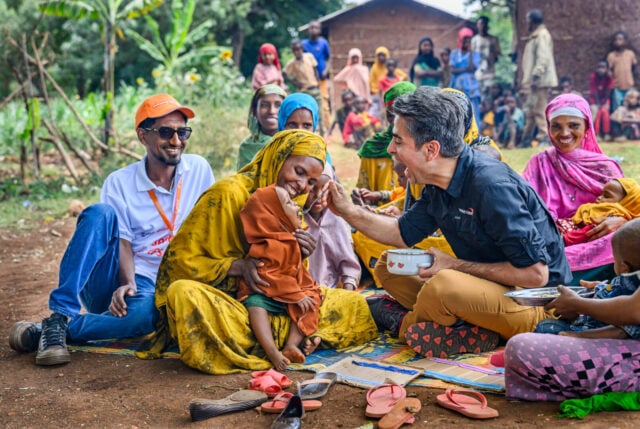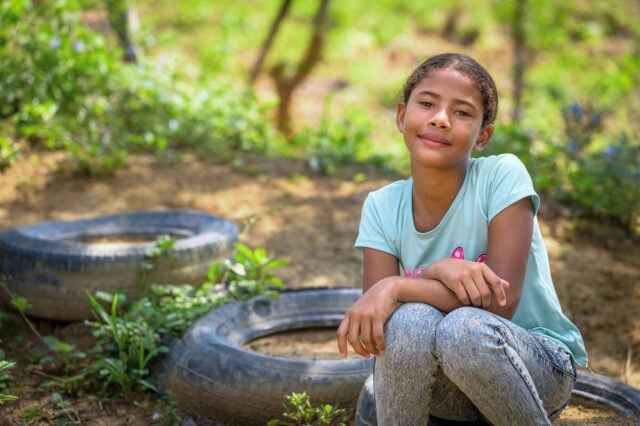You don’t have to get on a plane to go global with your family. Bring the world to your dinner table this week and give your kids some fun conversation-starters. We’ve gathered three authentic, easy recipes for you and your family — from Kenya, China, and Bolivia — along with dinner prayers and a slideshow of children in each country.
 China: Cold noodles with chicken and sesame-peanut sauce
China: Cold noodles with chicken and sesame-peanut sauce
Cold noodles with chicken, or 鸡丝凉面, is from the Sichuan area, but it’s popular across China, especially during the hot summer months. Cold noodle dishes, in general, are popular in China, and most families have their own favorite recipe. The noodles are usually prepared with a slightly tangy sauce of sesame paste (or peanut butter), garlic, and scallions.
Ingredients (yields 4 servings)
- 2 chicken breasts, chopped, or 2 cups shredded cooked chicken
- 1 scallion, chopped
- 1 teaspoon minced ginger (optional)
Noodles
- 16 ounces fresh Chinese egg noodles (or spaghetti)
- 1 cucumber, seeded and julienned
- 1/2 cup dry roasted peanuts, chopped
- 1 scallion, chopped
Sauce
- 2 teaspoons sugar
- 2 tablespoons sesame oil
- 4 cloves of garlic, finely minced
- 1 teaspoon minced ginger (optional)
- 3 tablespoons rice or wine vinegar
- 3 tablespoons light soy sauce
- 1/2 cup tahini sesame paste or peanut butter
Directions (20 minutes)
- Cook the chicken: Fill a small pot with enough water to submerge the chicken breast (but don’t add the chicken yet), and add the ginger and scallion. When the water comes to a boil, add the chicken, and bring to a boil again. Immediately cover the pot, shut off the heat, and let the chicken sit in the water for 20 minutes. In the meantime, prepare the rest of the ingredients.
- Prepare the sauce by combining all the sauce ingredients in a bowl.
- Cook the noodles according to the package. Watch the clock; don’t overcook! Drain and rinse them thoroughly under cold water.
- If you’re not ready to eat them right away, mix in about 1-2 teaspoons of oil to prevent the noodles from sticking together.
- Layer the noodles, chicken, cucumber, chopped peanuts, and scallion. Pour the sauce over everything and toss together. Serve! “zhù nǐ wèi kǒu hǎo” 祝你胃口好 (Bon appetit!)
Chinese dinner prayer
謝謝天父,保佑平安 (Thank you Father, please bless us)
養我肉體,賜我晚餐 (Keep my body strong, and give me bread for today)
更賜靈糧,心靈強健 (Lead my spirit strong and vibrant)
敬謙為人,討主喜歡 (Yet gentle and modest, the apple of your eye)
阿們 (Amen)
Life in China




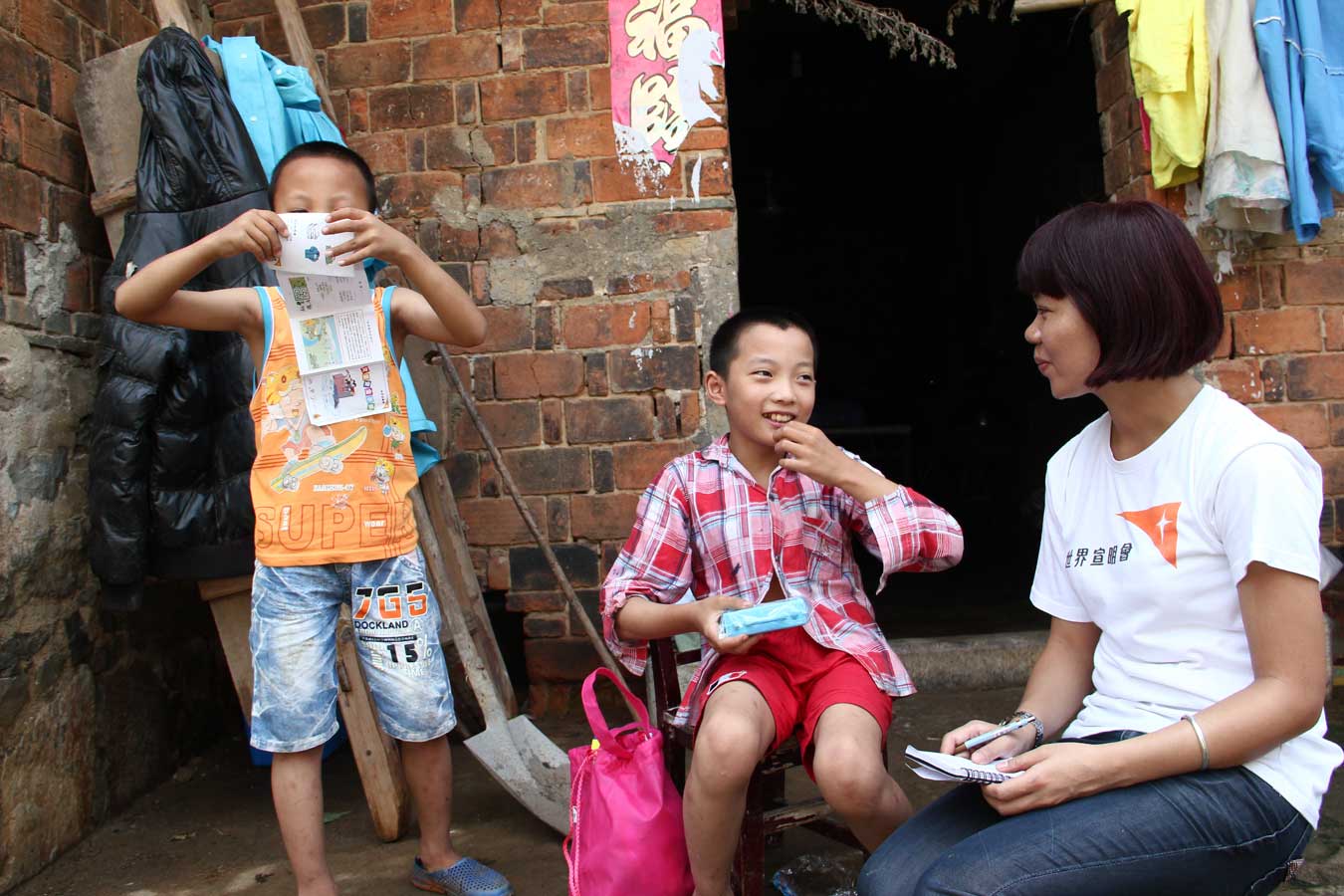
Kenya: Ugali with sukuma wiki and beef stew
Ugali na sukuma wiki (maize meal with collard greens) is Kenya’s comfort food. Translated from Swahili, ‘sukuma’ means push and ‘wiki’ means week. This traditional dinner gets families through the week. Silverware is not needed for this dish because the ugali should be stiff enough to pick up the sukuma wiki and put it in your mouth. It’s often served with stew.
Ingredients (yields 4 servings)
Ugali
- 2 cups vegetable or chicken broth
- 2 cups water
- 3 1/2 cups maize meal (corn meal)
Sukuma wiki
- 2 tablespoons olive oil
- 1 bunch (6 cups chopped) collard greens, kale, or spinach
- 2 onions
- 2 garlic cloves, crushed
Beef stew
- 2 tablespoons olive oil
- 2 pounds beef stew meat, cut up
- 2 onions, chopped
- 14-ounce can of diced tomatoes or 2 large tomatoes, chopped
- 1 tablespoon tomato paste
- 4 cups beef stock
Directions (20 minutes prep; 30 minutes cooking)
- In large pan, in 2 tablespoons of olive oil, saute 2 chopped onions until tender.
- Add tomatoes, paste, and broth; cook on medium for 5 minutes.
- Add beef, cover, and cook on medium for 30 minutes as you prepare the rest of the meal.
- Put water and broth for the ugali in a medium pot and put on high to boil.
- While water is heating, heat oil to medium-high in large frying pan for the sukuma wiki greens.
- Chop the onions and saute them with the garlic in oil until soft, about 5 minutes.
- Chop the greens, the thinner the better.
- Add greens to the onions, lower heat to medium-low, and saute until tender, about 7 minutes.
- While the greens are cooking and once the water is boiling, add the maize meal slowly, stirring constantly with a whisk to avoid lumps.
- Cook on medium-low, stirring constantly, until the ugali begins to pull away from the sides of the pan and hold together, about 5 minutes.
- Place the ugali on serving plate; it will firm as it cools.
- Add salt and pepper to the greens, as needed, and serve.
- Serve beef stew on the side or over top of ugali … hebu kula!
Kenyan dinner prayer (Swahili)
Tubariki ee Bwana, na zawadi hizi zako ambazo tunazipokea kutoka kwa wema wako, kwa njia ya Kristo Bwana wetu. Amina.
(Bless us O Lord, and these your gifts which we are about to receive from your goodness, through Christ our Lord. Amen.)
Life in Kenya

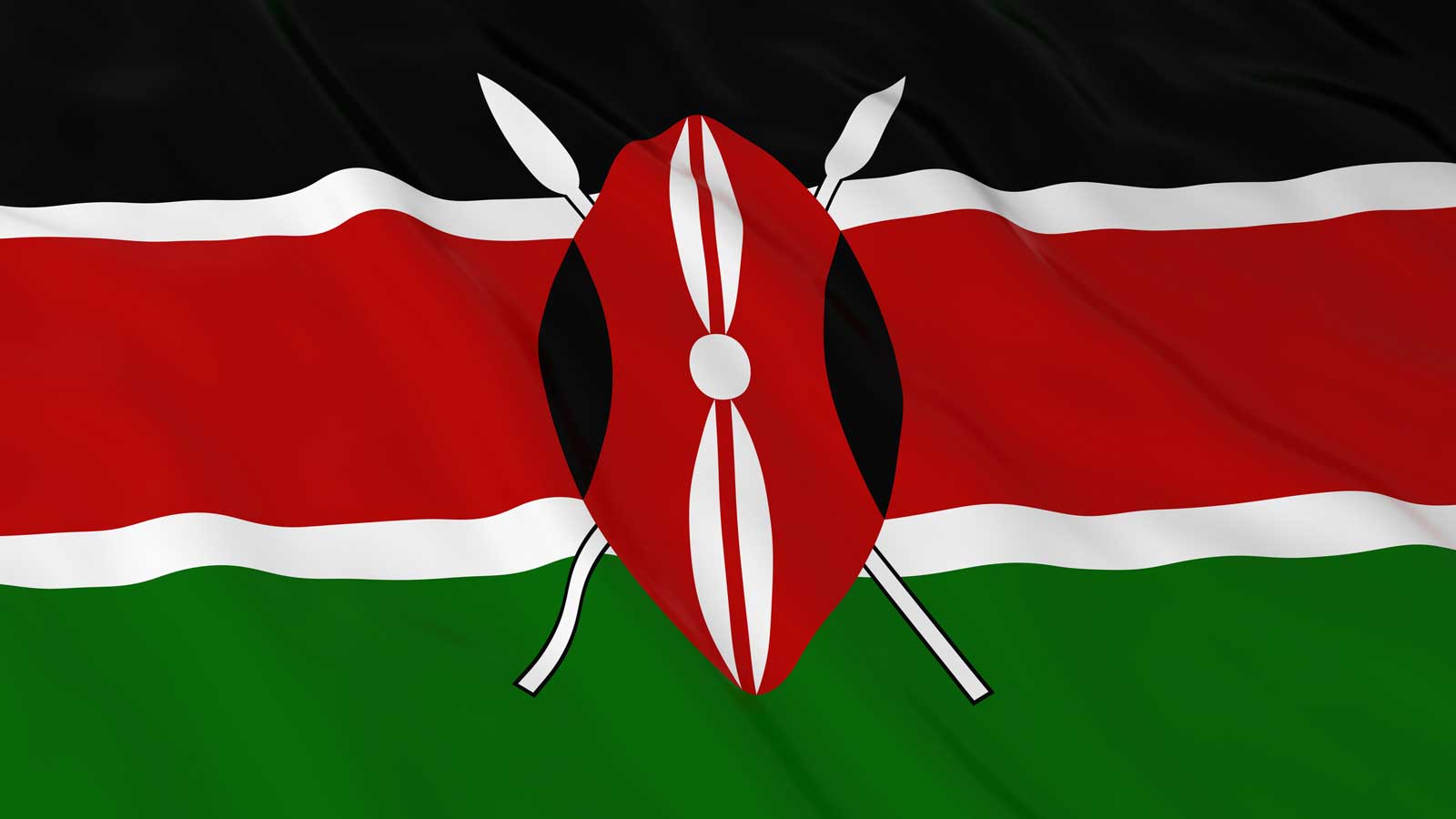
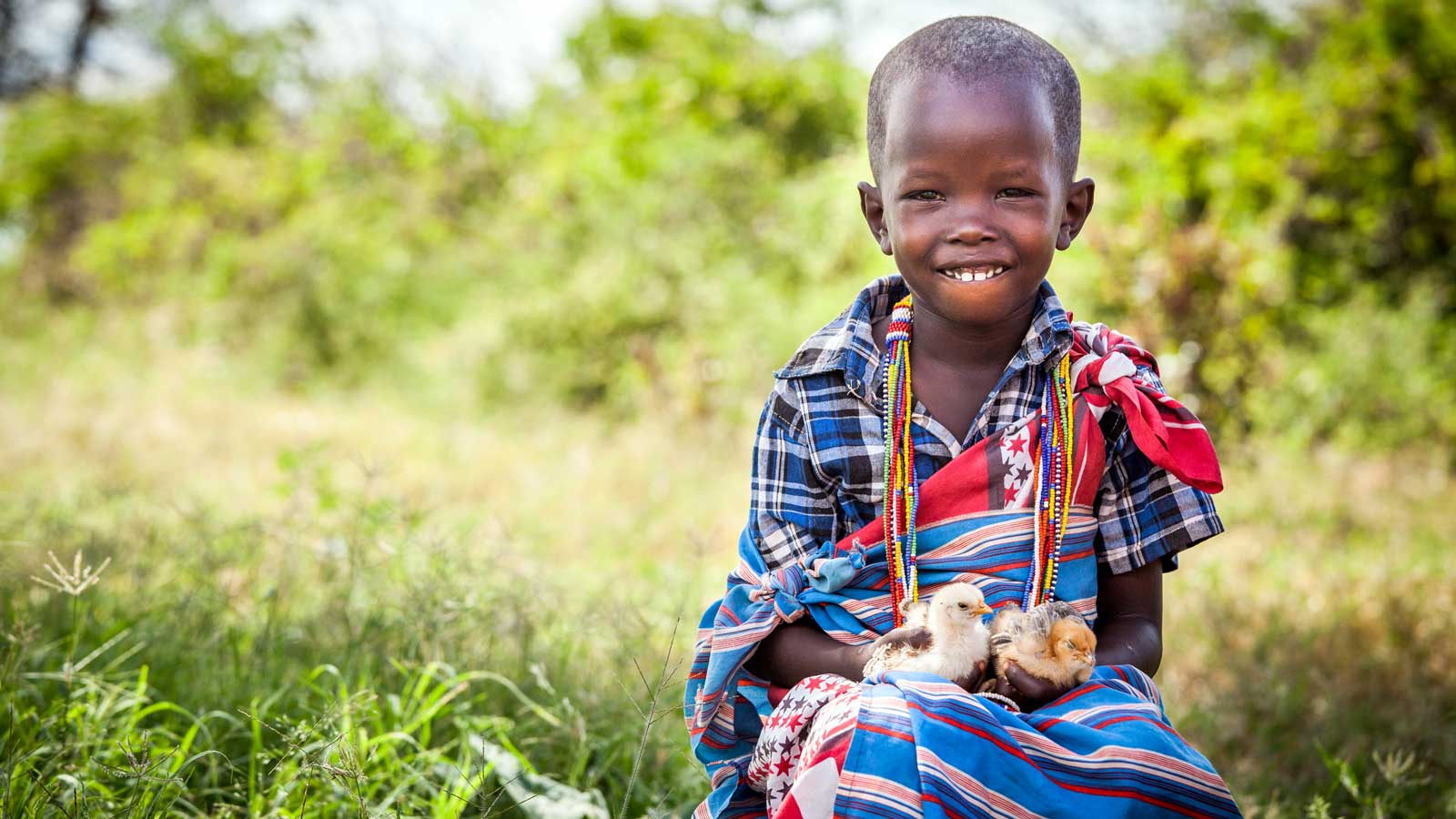

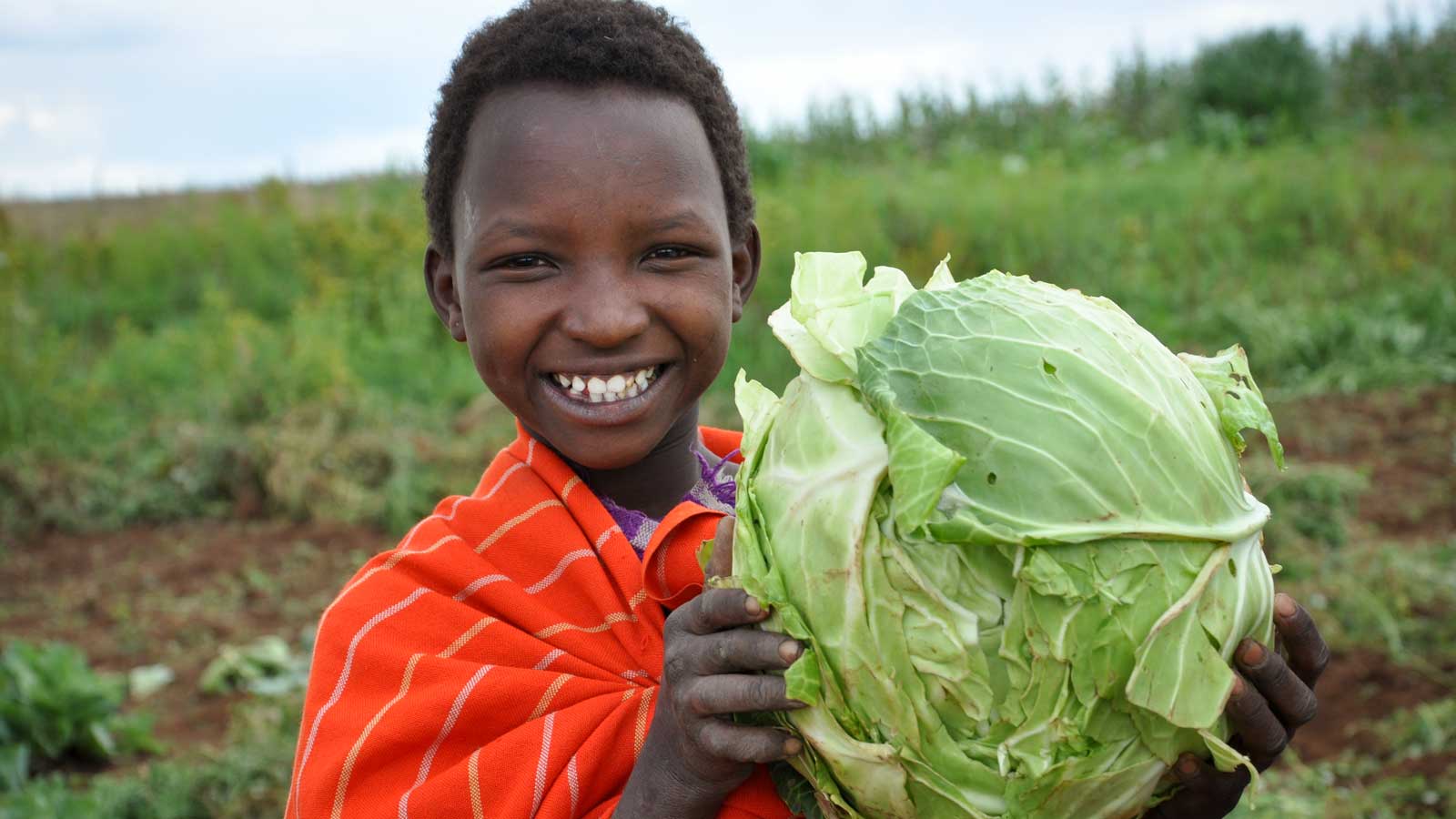
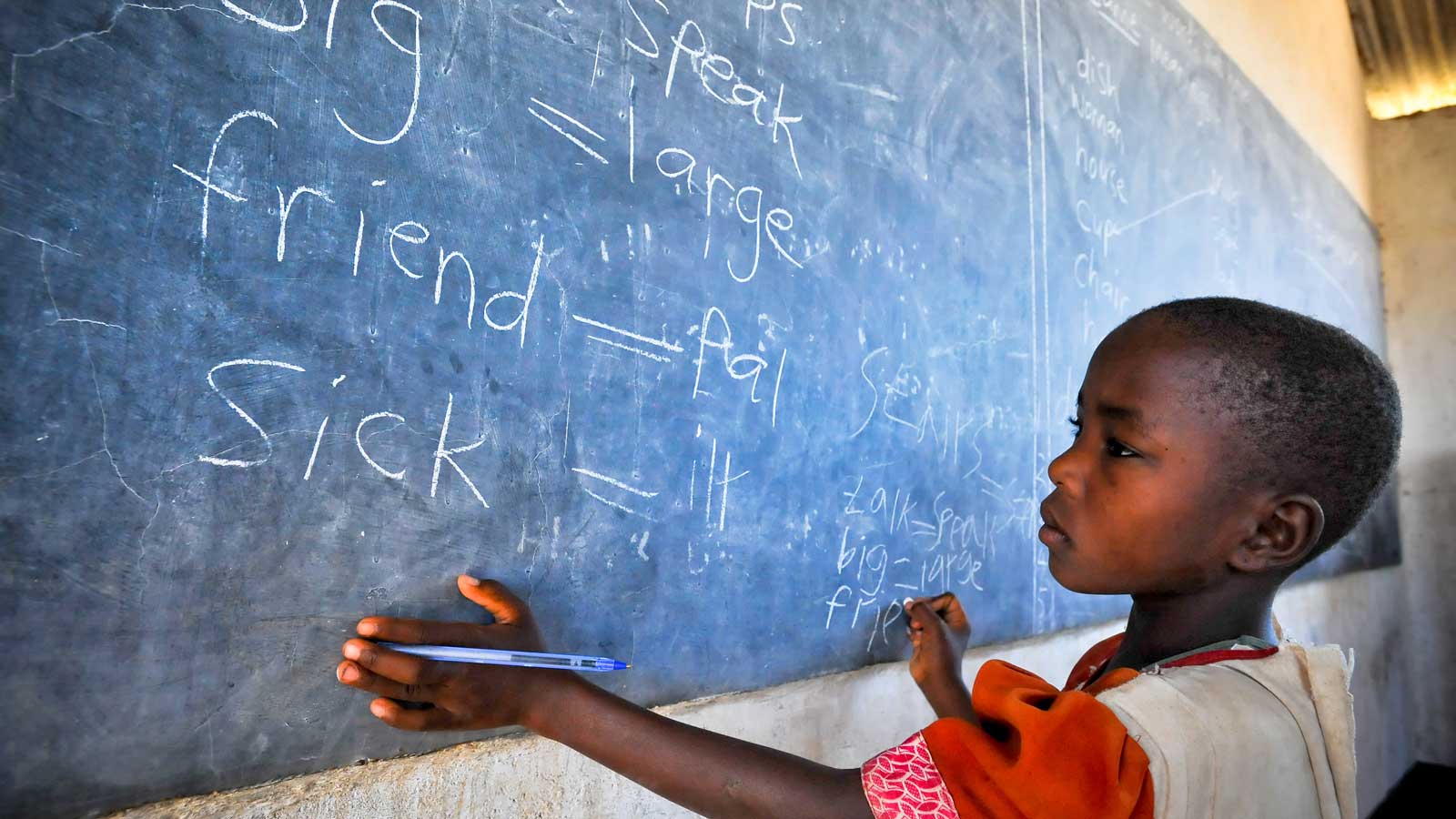
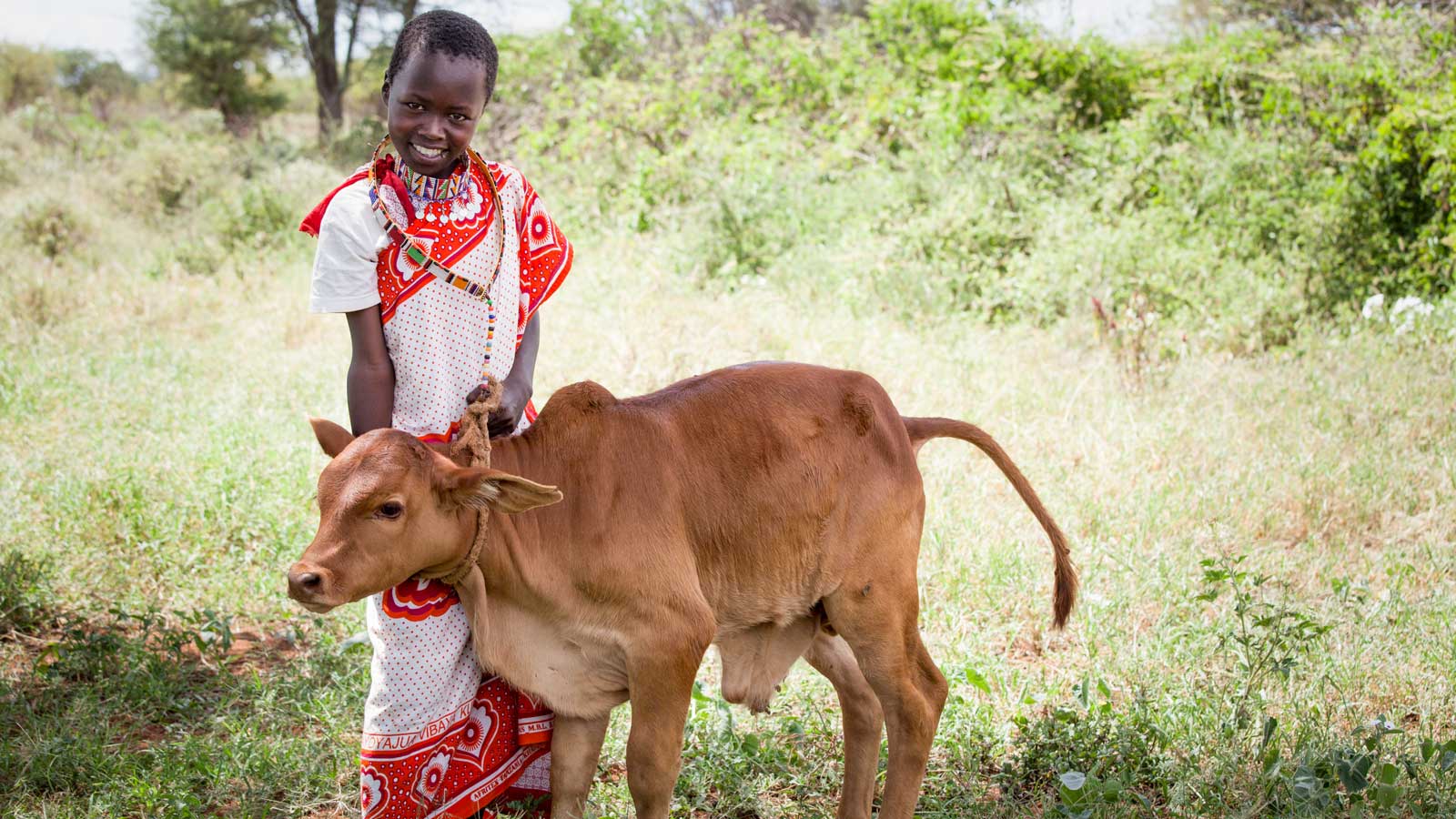
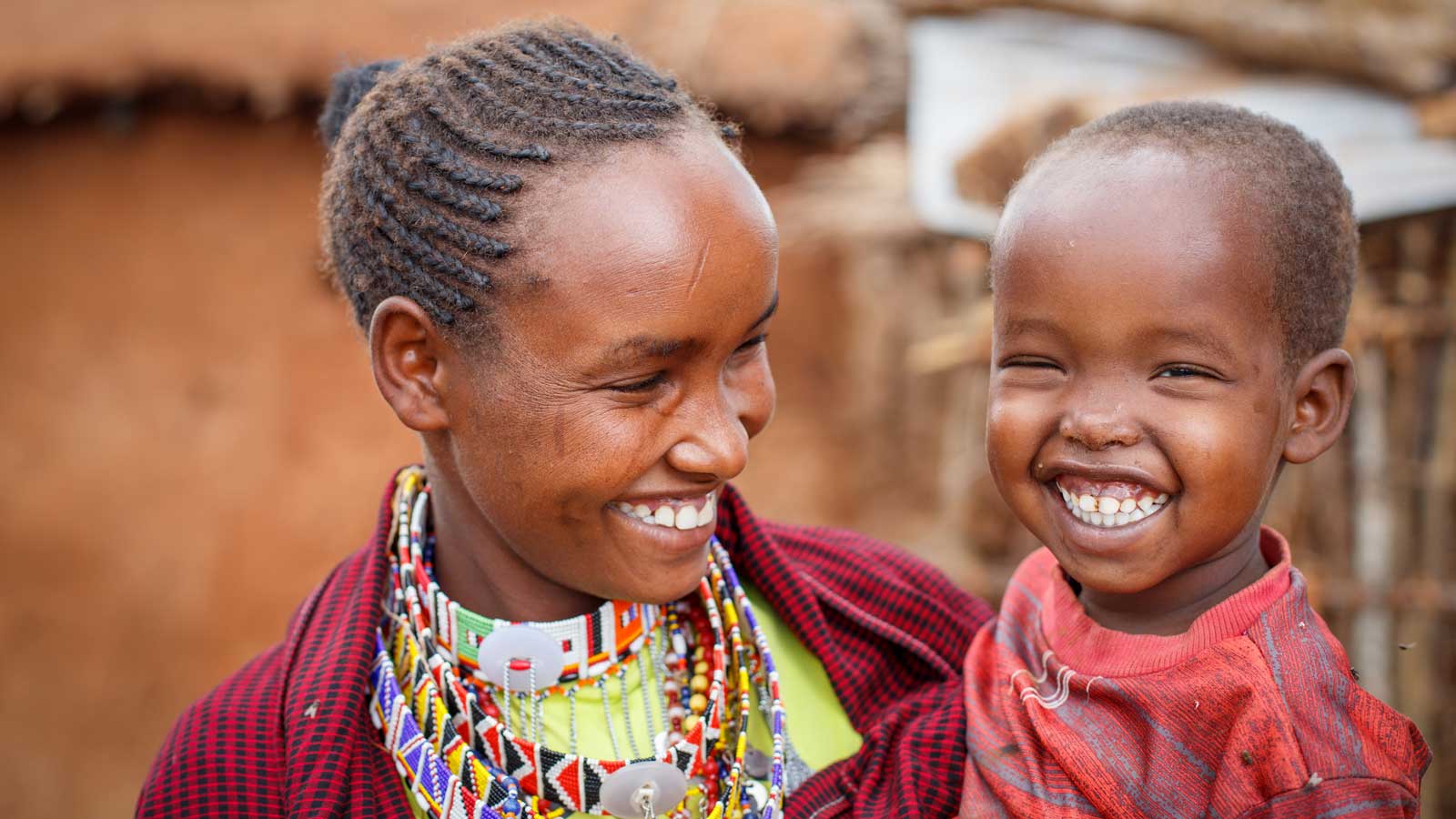
 Bolivia: Baked Cuy with Boiled Gold Potatoes
Bolivia: Baked Cuy with Boiled Gold Potatoes
Eating cuy (guinea pig) has been a delicacy for Andean mountain nobility since at least the 1400s when the Incas ruled Ecuador, Peru, Chile, and Bolivia along eastern South America. They are a nutritious staple of the regional diet and an important income source for poor farmers raising them commercially. Cuys are typically served whole, either baked or fried, with a spicy pepper sauce alongside potatoes or rice. The taste is supposedly similar to rabbit. While cuy is available online for purchase in the U.S., you can always use chicken instead!
Ingredients (yields 4 servings)
- 4 cuy (or 8 boneless chicken thighs; dark meat retains moisture best)
- 8 medium gold potatoes
BBQ Rub
- 2 tablespoons olive oil
- 1 tablespoon salt
- 1 tablespoon pepper
- 1 tablespoon garlic powder
- 1 teaspoon paprika
- 1 teaspoon cumin
- 1/2 teaspoon cayenne pepper (more if you like it spicy)
Sauce
- 1/4 cup toasted cornmeal
- 2 cups chicken broth
- 4 garlic cloves, crushed
- 1/4 teaspoon cayenne pepper
Directions (20 minutes prep; 30 minutes cooking)
- Make your rub. Make sure to taste it before you put it on the meat, then adjust it as necessary for your family’s taste. Most American BBQ is sugar-based, but this authentic recipe values heat over sweet.
- Rub the meat with your spice mixture and set it aside in air-tight container. Leave it in the fridge overnight for best flavor or for 10 minutes as you prepare the potatoes.
- Turn on your BBQ or oven to 375 degrees.
- Scrub the potatoes (peel if you prefer); put them in a pot covered with 1-2 inches of cold water and 1 teaspoon of salt and bring to a boil.
- Cook the meat on a medium-high barbecue for 15 minutes or in a 375-degree oven for about 30 minutes.
- While the meat is cooking, check the potatoes; once the water boils, reduce to a simmer.
- Mix sauce ingredients in a small saucepan.
- Heat sauce to a boil, stirring often, then cover and remove from heat.
- Once potatoes are fork-tender (15-20 minutes), drain and serve.
- Once the meat is done, serve with the sauce … buen provecho!
Bolivian dinner prayer (Spanish)
Los ojos de todos esperan a ti que tú les des su comida a su tiempo. Abres tu mano y con tu buena voluntad satisfaces a todos los seres vivos.
(The eyes of all look to you, and you give them their food at the proper time. You open your hand and satisfy the desires of every living thing.)
Life in Bolivia


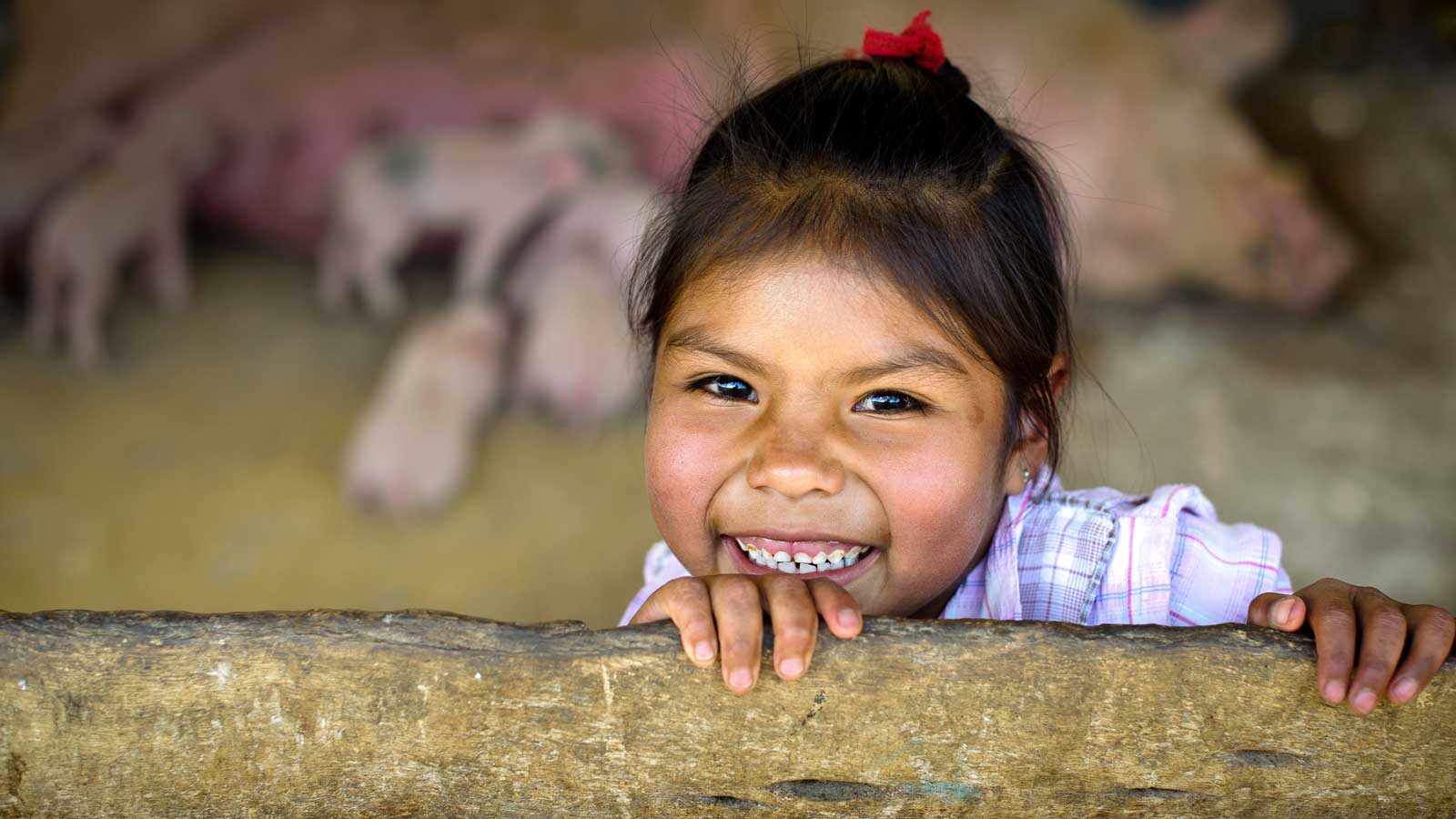
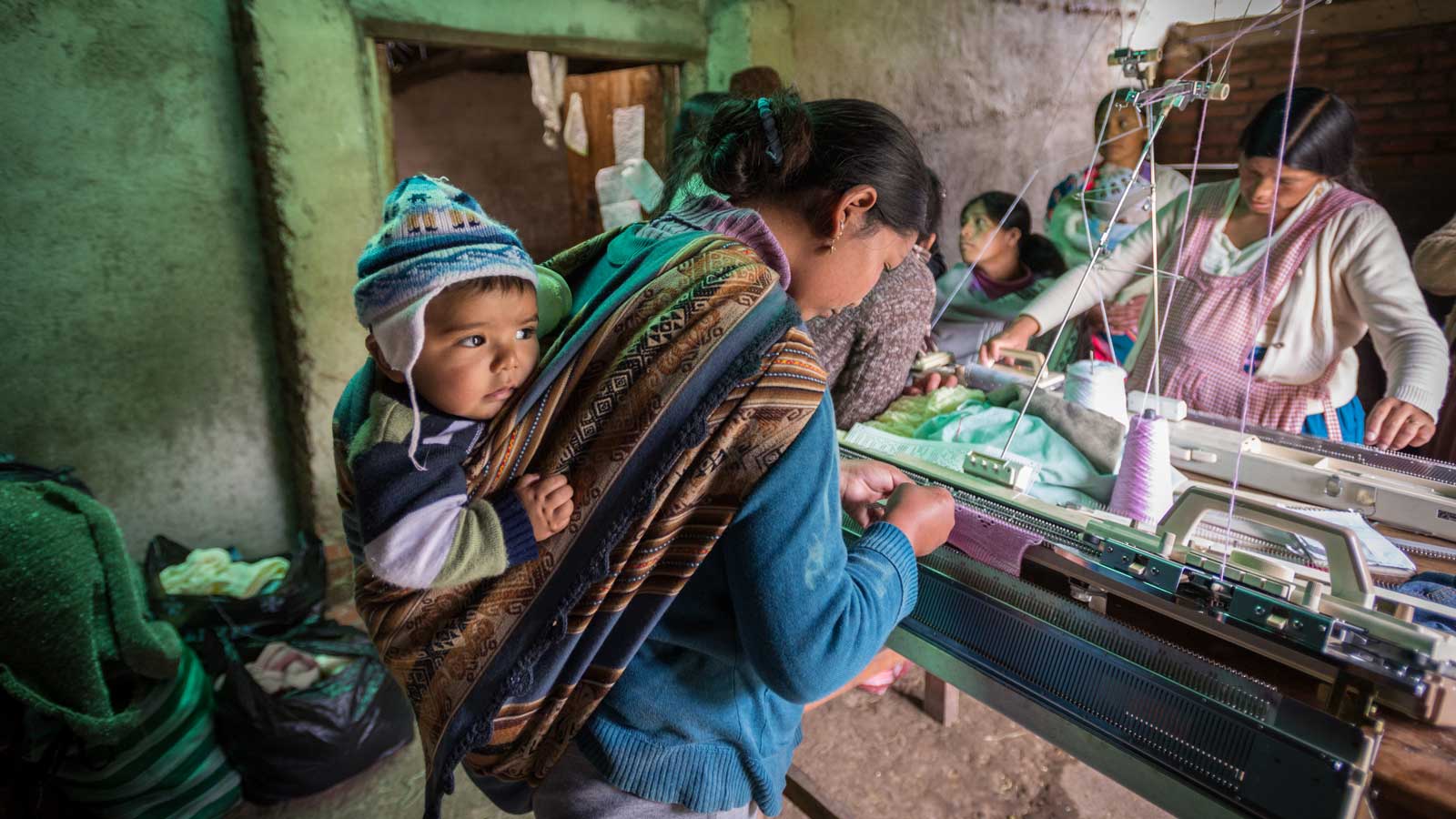
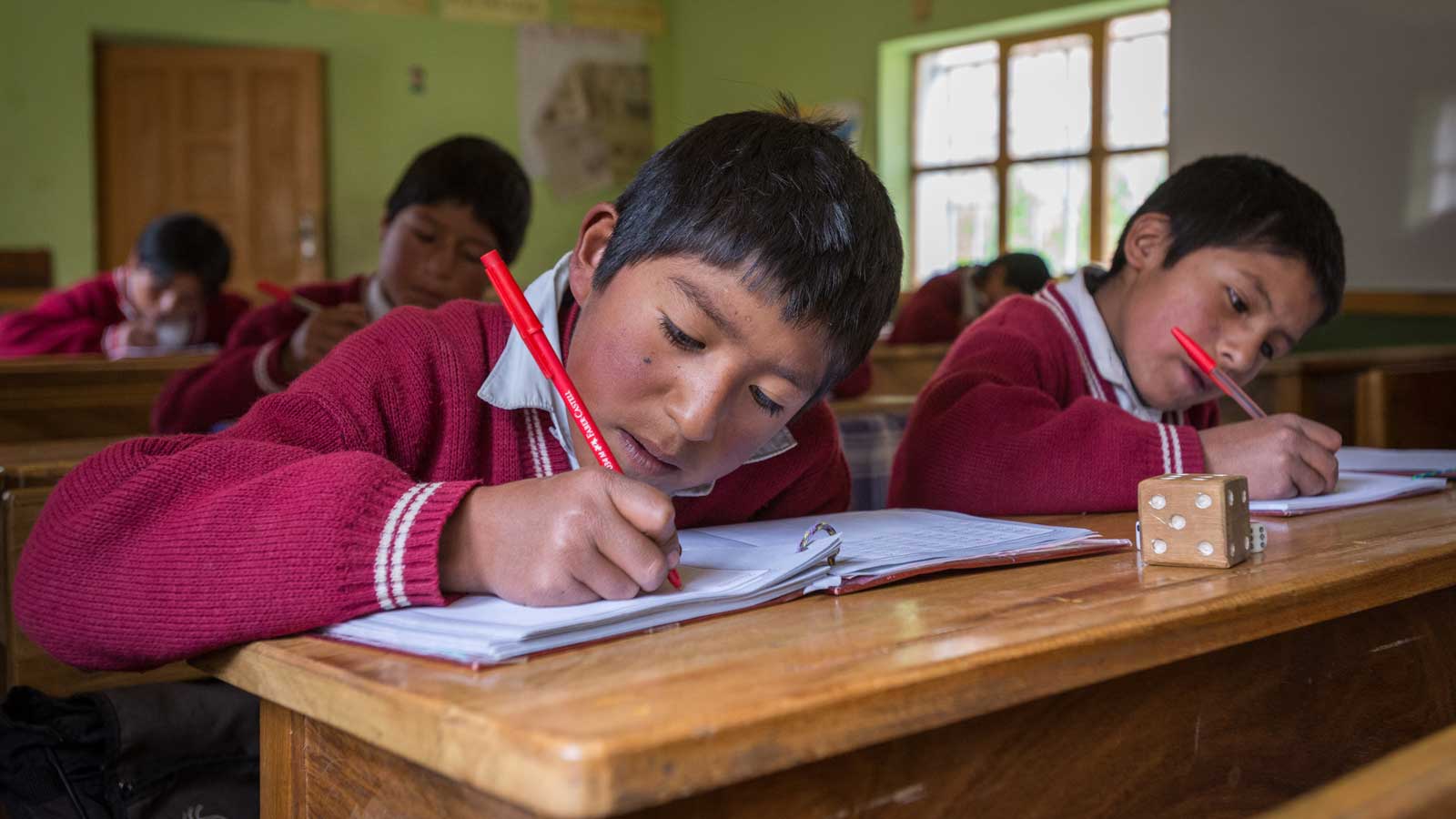
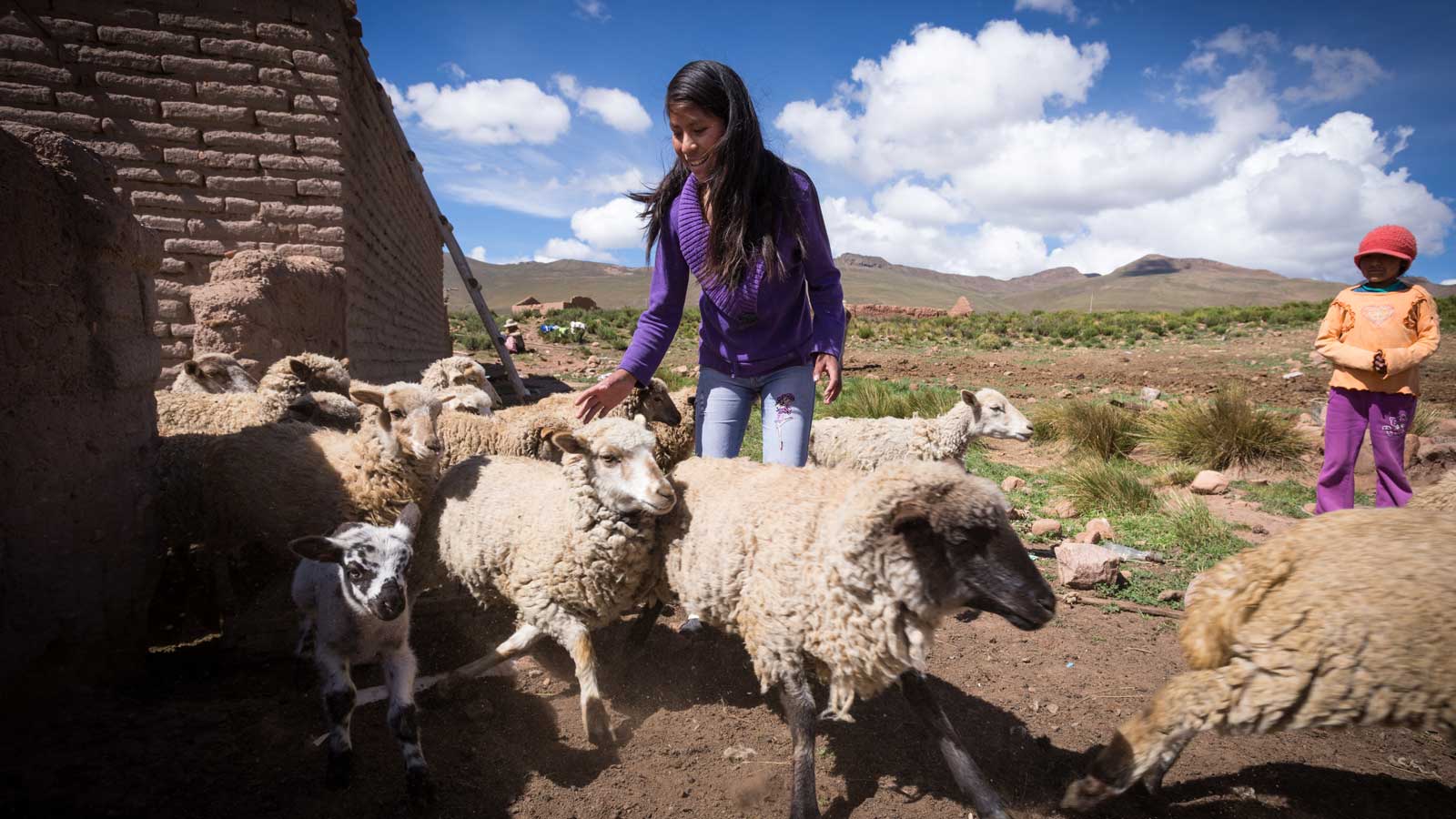
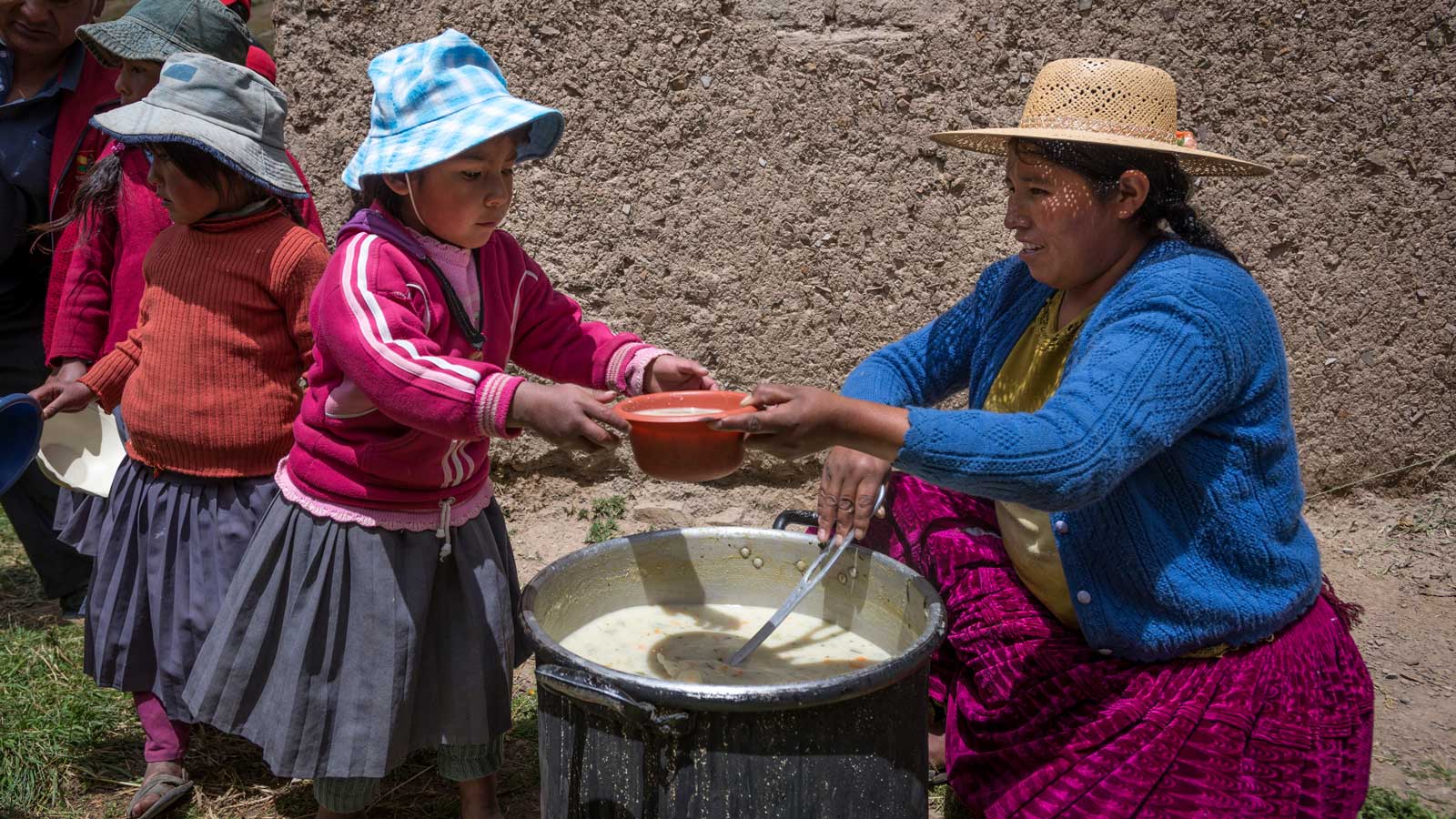
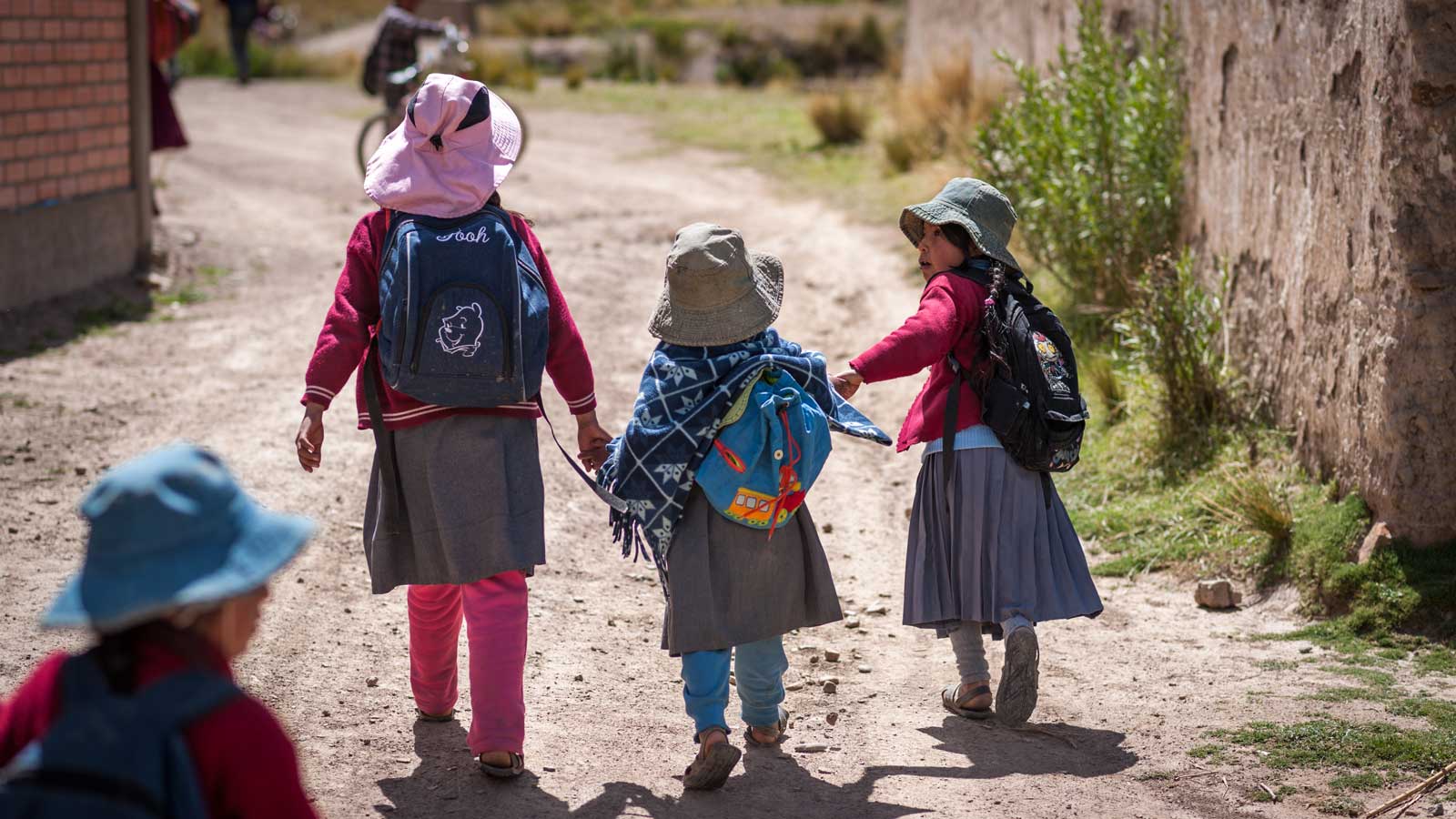

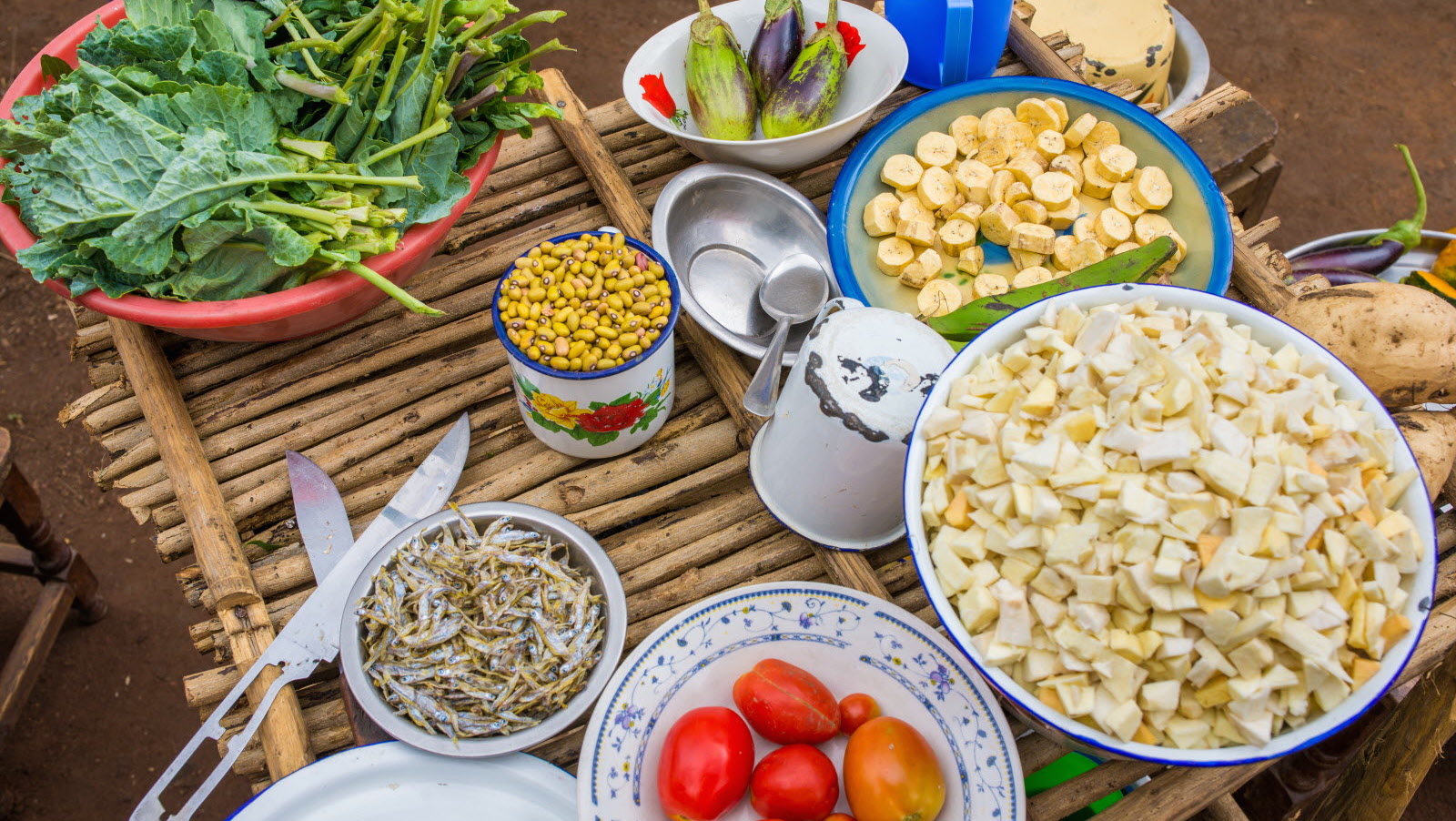
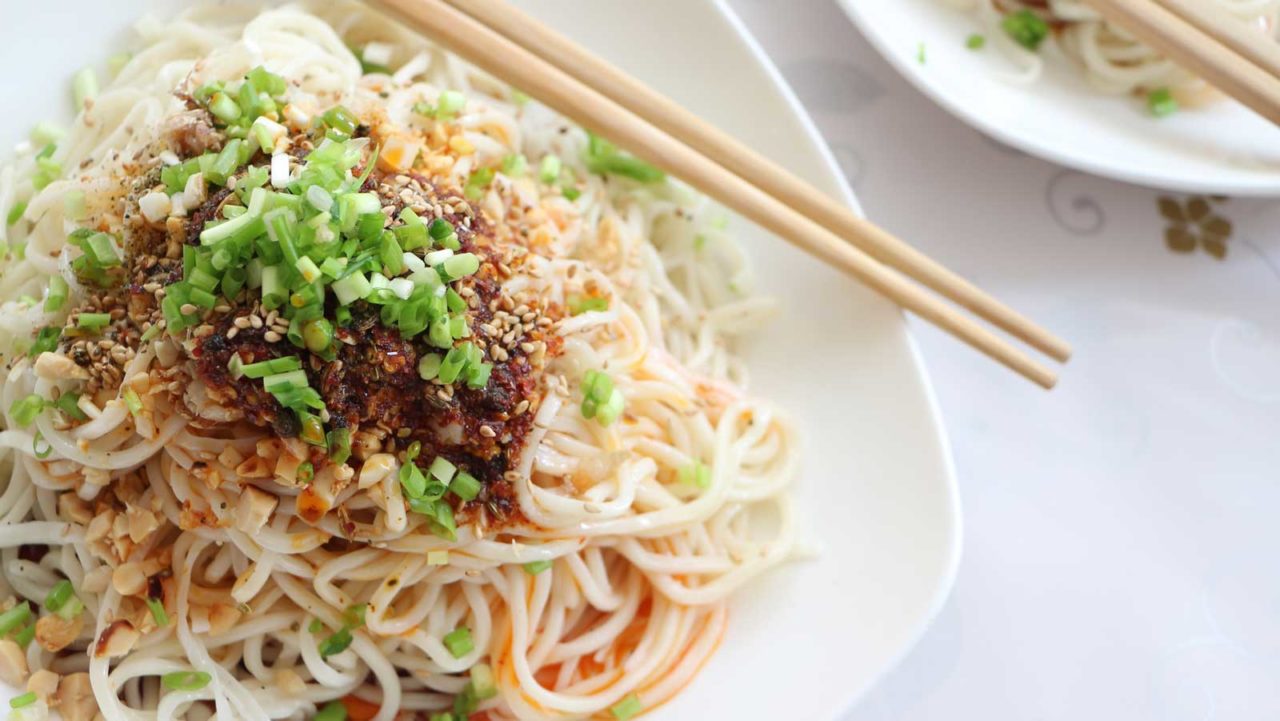 China: Cold noodles with chicken and sesame-peanut sauce
China: Cold noodles with chicken and sesame-peanut sauce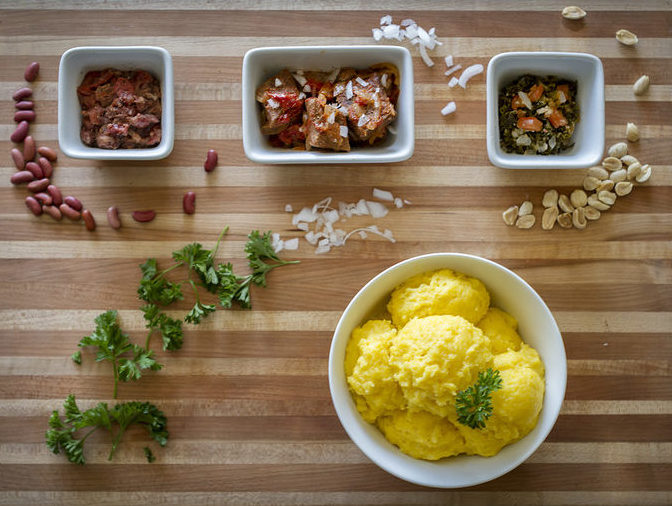
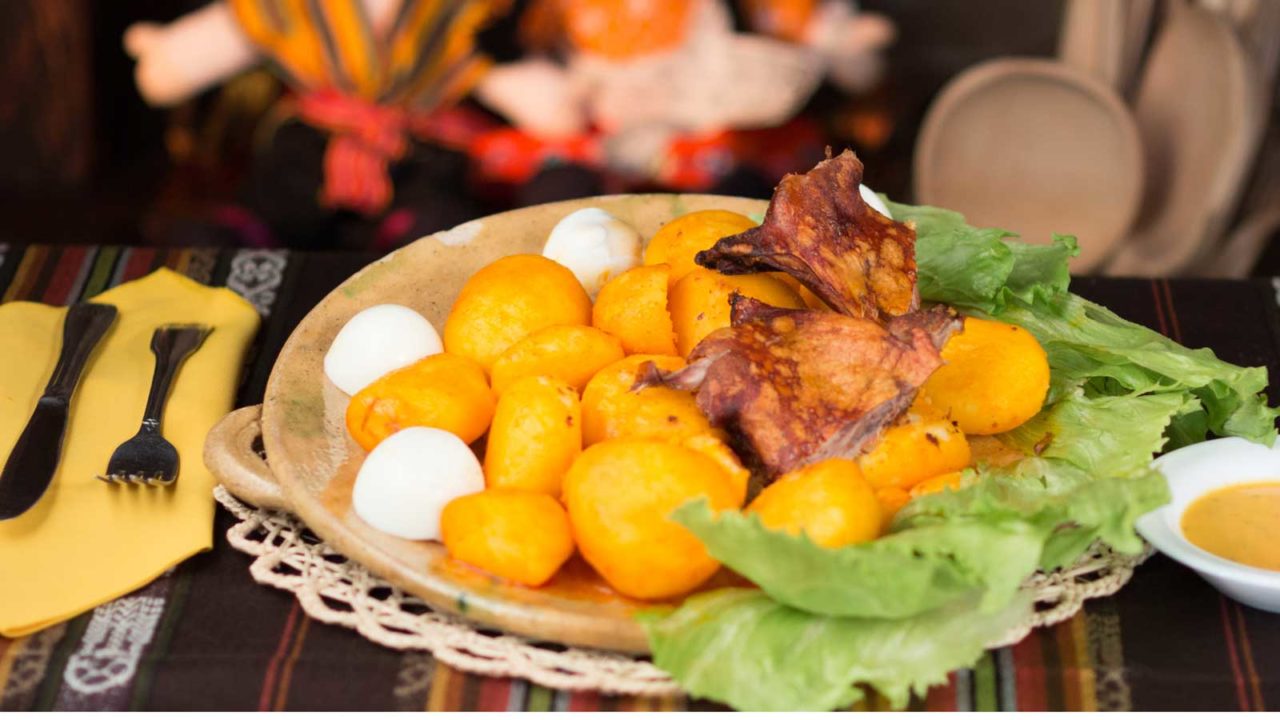 Bolivia: Baked Cuy with Boiled Gold Potatoes
Bolivia: Baked Cuy with Boiled Gold Potatoes
